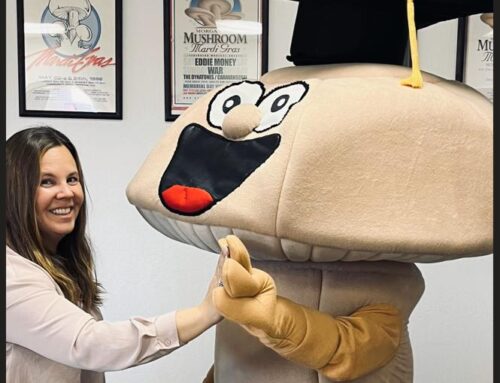Published in the Sept. 30 – Oct. 13, 2015 issue of Morgan Hill Life
By Dan Newquist
After the September Federal Reserve meeting, we are no closer to an answer on when the Fed will raise rates than we were two months ago. With so much attention on the Fed during the past two months and their continued policy of wait-and-see, I thought it would be helpful to recap some the common questions.
Why did the Fed wait? Essentially, the Fed is still concerned about the U.S. economy and labor market. They are waiting to see what happens in China and other emerging economies before they start to increase rates because a slowdown in other large nations could result in a slowdown in the U.S. Additionally, the decline in prices of commodities has held down inflation and is causing the pace of inflation to decrease. The last thing the Fed wants to do is reverse the progress it helped to create during the past six years.
When will the Fed raise rates? Based on the Chairperson Janet Yellen’s comments, there is a strong preference to increase rates sometime this year.
The Fed puts out forecasts on where they feel interest rates will be at the end of the year and other future time periods. According to their most recent forecasts, 13 of the 17 members of the Federal Open Market Committee feel interest rates will be higher at the end of the year than where they are today. Obviously, the Fed is anxious to start the process since they have been at historic lows for more than six years. But, this trajectory and desire to increase rates is almost identical to every forecast that they put out over the past three years and, therefore, this waiting game could easily continue into the future.
Why does the Fed have to raise rates?
Given that the economy doesn’t appear to be overheating and that inflation is very tame, it seems the Fed can hold off increasing interest rates for some time. However, it is important to understand the Fed’s desires to raise rates for two reasons.
The first is that they need to reset some of their monetary policy tools. The Fed uses interest rates to speed up or slow down the economy. Given that interest rates are essentially zero, they really don’t have room to lower rates to provide monetary stimulus if necessary. Starting to slowly increase interest rates when the economy is doing well allows them to gain back this option to stimulate the economy when the next recession arrives.
The second reason is to tame inflation is most developed economies want a little inflation to help support growth (and most actually target the same 2 percent inflation level), but they don’t want to see too much inflation. This is a fine balance.
While the window remains open to announce the first rate hike in nearly a decade at its December meeting, it is not set in stone. So, we wait and see.
Dan Newquist, CFP®, AIF®, Principal & Senior Wealth Advisor with RNP Advisory Services, Inc., a registered investment advisor. Reach him at (408) 779-0699 or [email protected]. Securities offered through Foothill Securities, Inc., member FINRA/SIPC, an unaffiliated company.







